The word ‘tamarind’ has two words, ‘tamar’ and ‘ind’. “Tamar” is an Arabic word means ‘date’ and “ind’ is a hindi word means ‘India’. Hence tamarind is popularly known as ‘the Indian Date’. Tamarind is mainly grown for its edible fruit.
Scientific name of tamarind is Tamarindus indica (syns. T. occidentalis and T. officinalis). It belongs to the family Leguminosae (syns. Fabaceae or Caesalpinioideae). This leguminous tree is tropical in growth habit with a preference for dry semiarid climate. It is mainly grown for its pod-shaped edible fruits and tender leaves which are used as vegetables. Tamarind has some medicinal values as well. Tamarind wood may be used for timber and carpentry purposes. Some of the common names of tamarind are Tamr Hindi, Indian Date, Dakkar, Tamarindo, Tamarin, and Sampalok.
Tamarind should not be confused with “Malabar Tamarind” and “Manila Tamarind”. Malabar tamarind is Garcinina cambogia while Manila tamarind is Pithecellobium dulce.
We have a book with detailed information on this plant and for more info, please click here…
Both kindle eBook version and Paperback version of this plant is available at all Amazon stores. For more info, click here…
Uses of Tamarind
Introduction
Tamarind is a multipurpose tree. Timber of a fully grown tree yields softwood which is used for various carpentry purposes. Young, tender leaves are used as a delicious vegetable. Its pod-shaped fruit has great commercial value. Fruit may be eaten raw or may be used in various culinary or medicinal preparations. Fruit pulp extracted from mature, ripe fruits after removing seeds are available in the market for culinary uses.
Ornamental Uses
It is a perennial evergreen tree hence can be grown as an ornamental and garden tree. It has densely branched open canopy hence can be grown as a shade-giving avenue tree. In many tropical Asian countries, tamarind tree is used for making outdoor bonsai trees. In temperate countries, tamarind trees are best suitable for creating indoor bonsai.
Tamarind Kernel Powder
Seed kernels are ground to form a powder. It is available in the market as tamarind kernel powder (TKP) which is used as a cattle fodder along with other ingredients. However, some researchers suggest that TKP may have some health hazards such as exposure to finely ground powder may induce asthma and allergies to some people.
Tamarind kernel powder (TKP) is used as a sizing material in textile and leather industry. Jellose, a polysaccharide present in TKP forms a gel with sugar concentrate which may be used as a substitute for fruit pectin.
Timber Uses
Tamarind heartwood is dark brown in color, very strong and durable. It is also insect-resistant and hence used for various carpentry uses such as furniture making and wood flooring.
Fuel Uses
Tamarind sapwood is pale yellow in color and is valued as firewood.
Culinary Uses
Tamarind pulp is used to make rasam, sambhar, tamarind juice, tamarind sauce, tamarind jam, tamarind rice, tamarind syrup, tamarind nectar, tamarind-flavored drinks, candies, chutneys and pickles. Young, tender leaves are used to prepare delicious food preparations with prawns, meat or pulses. Leaves are used as leafy vegetables also. Chopped leaves are used in soups.
Medicinal Uses and Health Benefits of Tamarinds
Tamarind fruit pulp is rich in antioxidants and hence helps fight against cancer. Tamarind is rich in Vitamin C and hence protects against scurvy, a disease caused by Vitamin C deficiency. Pulp has several medicinal properties when given as infusion it treats bile disorders and febrile conditions. Tamarind fruit pulp which is sweetish and acidic in taste is used for serving curries, chutneys, sauces and soups.
Tamarind is an essential ingredient in many south Indian food preparations such as tamarind rice, sambhar, and rasam and tamarind chutney. Tender leaves, flowers and young seedlings of tamarind are consumed as a nutritious vegetable. Tamarind pulp is used for making nutrient-rich candies and jellies.
We regularly publish informative videos on various “Food, Agriculture, Gardening and Horticulture” topics. You may view these videos here…
You may also check out our Digital Publishing Services for Food, Agriculture, Gardening and Horticulture Sector by visiting this link


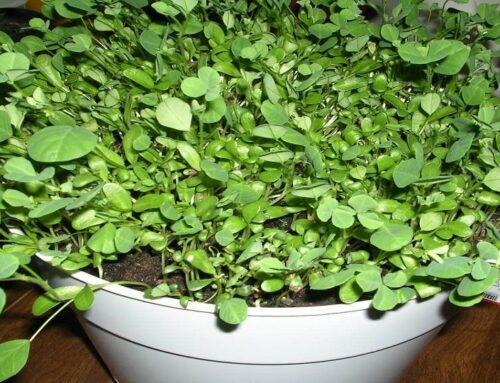
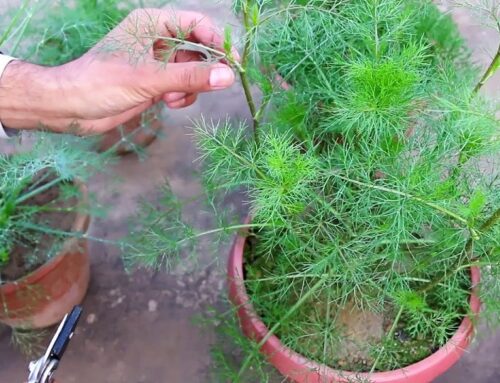
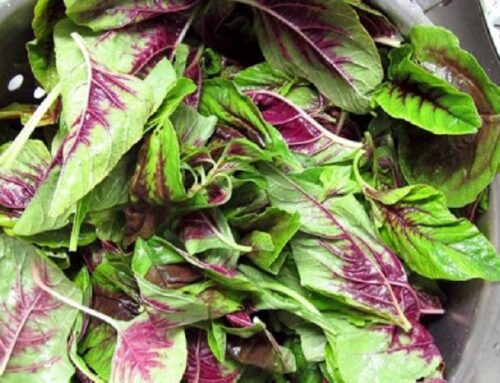
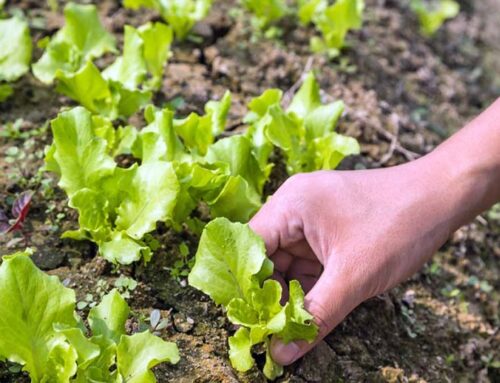
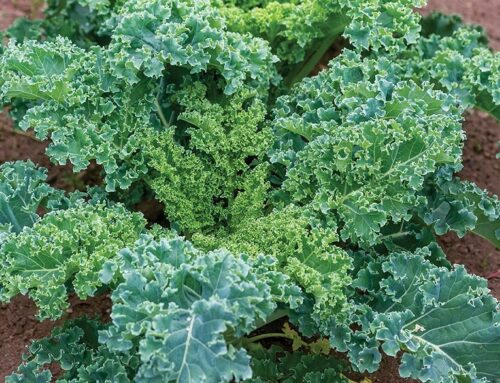
Leave A Comment
You must be logged in to post a comment.